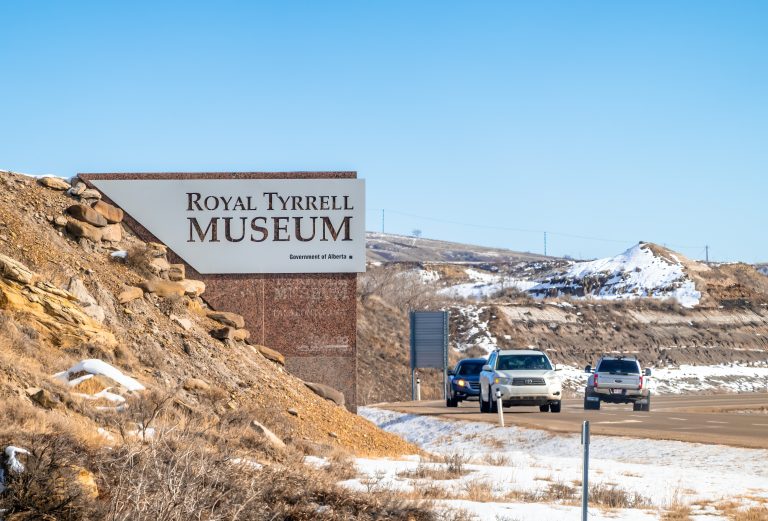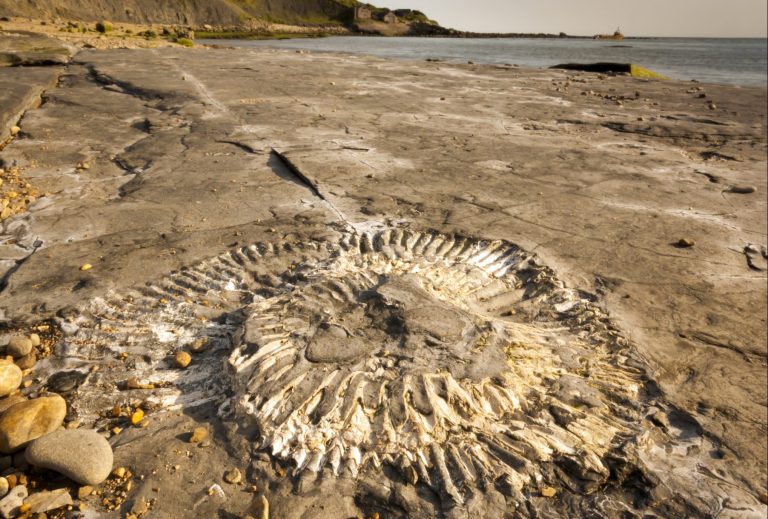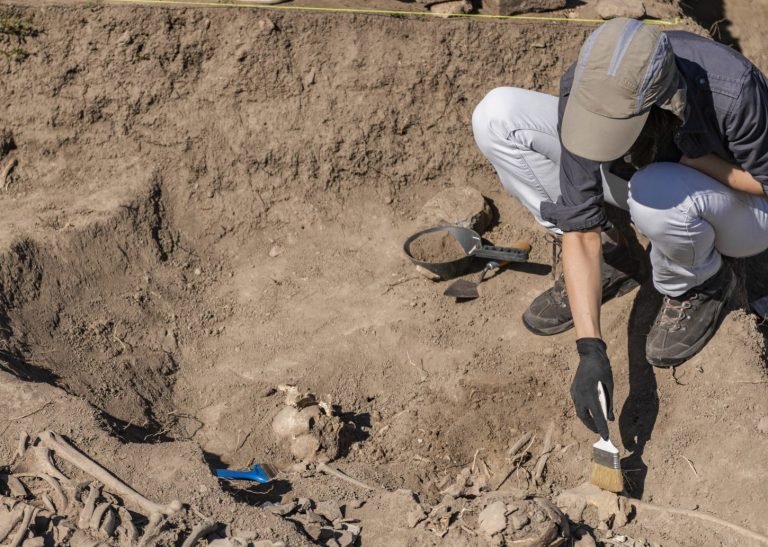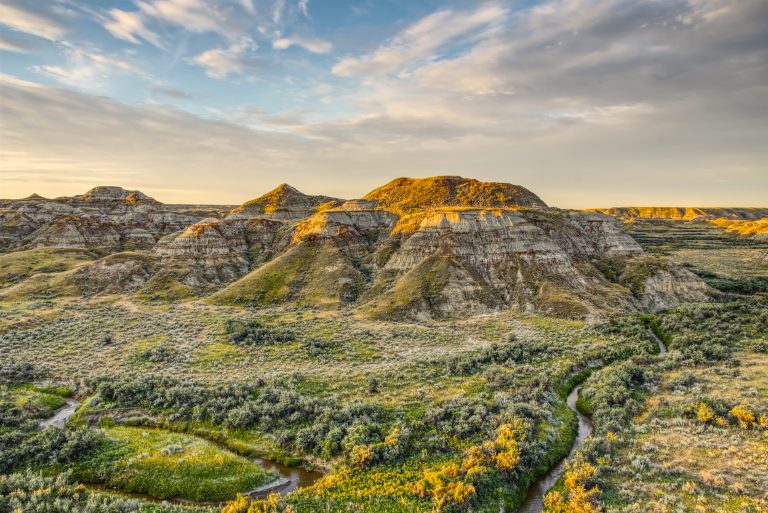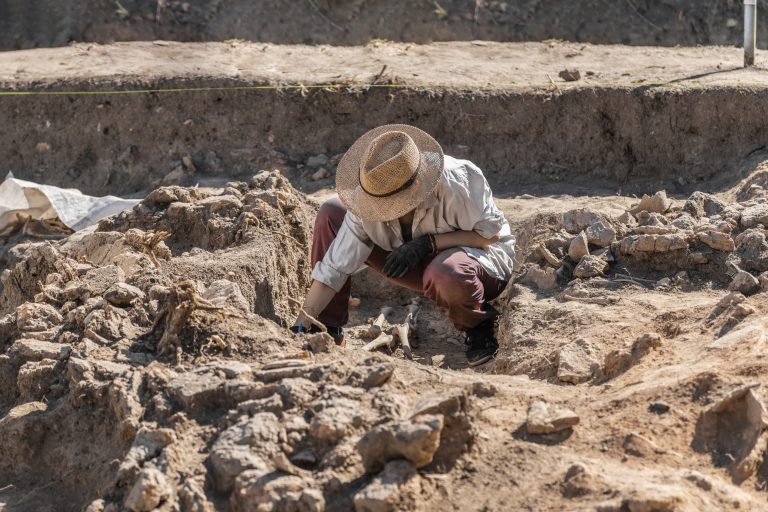9 Essential Tools for Fossil Digging Success

Embarking on a fossil-digging adventure is like stepping back into a prehistoric world. To ensure a successful and rewarding experience, equipping yourself with the right tools is as crucial as the expedition itself.
Fossil hunting is a timeless journey into Earth’s past. Whether you’re an amateur or a seasoned paleontologist, the thrill of uncovering relics endures. It requires patience, precision, and a touch of luck.
Remember, it’s not just about big discoveries; often, the tiniest fossils fill significant gaps in our planet’s history. I’ve spent countless hours in the sun, dust on my face, feeling the anticipation and exhilaration as I carefully extract history from the ground.
1. Selecting the Right Digging Tools

Your choice of digging tools can make or break your fossil-hunting adventure. Start with a good rock hammer – it’s the Swiss Army knife for fossil enthusiasts. Next, a sturdy chisel is essential for prying apart stubborn layers of rock.
Hey hey! Don’t forget to subscribe to get our best content 🙂
And don’t forget a set of screwdrivers of various sizes; they’re not just for loose screws but are perfect for delicate chipping away at matrix (the surrounding rock or sediment). Trust me, there’s nothing worse than finding a fossil only to damage it with the wrong tool. It’s like baking a cake and then dropping it on the floor – utterly heartbreaking.
2. Durable Brushes for Delicate Finds
When it comes to revealing the delicate details of a fossil, the brush is your best friend. Soft-bristled brushes gently sweep away loose dirt without harming the fossil. For tougher sediment, a stiffer brush can do the trick.
Remember, it’s a bit like archaeology (but with older stuff), so channel your inner Indiana Jones with finesse. I once found a fossilized leaf that was so fragile, that a harsh breath could’ve sent it flying away. With a soft brush, every vein came into view, like nature’s own intricate artwork.
3. Trowels and Picks for Excavation

A trusty trowel and pick are the bread and butter of fossil excavation. They let you dig through the layers with precision and care. The trowel slices through the soil like a hot knife through butter, while the pick is perfect for chipping away at harder material.
It’s a balancing act—too much force and you could shatter your find, too gentle and you might never uncover it. I remember chiseling away for what felt like hours, only to reveal the edge of a trilobite that had been hidden for millions of years. What a rush!
4. Essential Safety Gear for Diggers
Safety first, and fossils second. A solid pair of gloves will protect your hands from cuts and scrapes. Eye protection is a must when you’re chipping away at the rock (you only get one set of eyes, after all).
And don’t underestimate the sun—slather on that SPF and wear a hat. I’ve seen many a digger get sidelined by a nasty sunburn or a flying chip of rock. It’s not glamorous, but it’s better than the alternative (think lobster-red skin or a trip to the ER).
5. Magnification Tools for Identification

Sometimes the real treasure is in the tiny details. A hand lens or jeweler’s loupe allows you to get up close and personal with your finds. It’s amazing how a seemingly ordinary rock can transform into a fossilized wonderland under magnification.
I’ve been floored by the intricate patterns on ammonite shells and the minute serrations on shark teeth. It’s like having superpowers but in your pocket.
6. Sifting Screens for Soil Analysis
Sifting screens are like the panning tools of the fossil world—they let the small stuff shine. By filtering out larger debris, you can uncover tiny fossils that might otherwise be missed.
It’s a bit like searching for a needle in a haystack, but when you find that needle, it feels like striking gold. I’ve found microfossils that have told stories about ancient climates and ecosystems, all from a handful of sifted dirt.
7. Proper Storage for Fossil Preservation
Once you’ve found a fossil, the last thing you want is for it to crumble to pieces. Wrap smaller finds in tissue paper or bubble wrap, and place them in sturdy containers. For larger specimens, plaster jackets can provide the support needed for safe transport.
Think of it as a first-class seat for your prehistoric passenger. I’ve seen the heartache in a fellow digger’s eyes when a prized fossil broke during transit—it’s a lesson you only need to learn once.
8. Handy GPS Devices for Site Mapping
A GPS device is your roadmap to the past. It helps you document the exact location of your finds, which is crucial for scientific records. Plus, it’s handy for finding your way back to promising dig sites (or to your car after a long day). I’ve wandered off the beaten path more times than I can count, and my trusty GPS has always been my beacon back to civilization.
9. Cleaning Kits for Post-Dig Care
After the dig, it’s time to give your fossils some TLC. A cleaning kit with soft brushes, picks, and cleaning solutions will help you remove the remaining matrix and reveal the fossil’s true beauty.
It’s like giving them a spa day after millions of years of being buried. I’ll never forget the time I spent hours cleaning what I thought was a lump of rock, only to uncover the tooth of a prehistoric shark. Talk about a rewarding clean-up!
In the end, the right tools are your ticket to a successful fossil-hunting journey. With these essentials in your toolkit, you’re ready to uncover the secrets of the ancient world, one discovery at a time. Happy digging!

